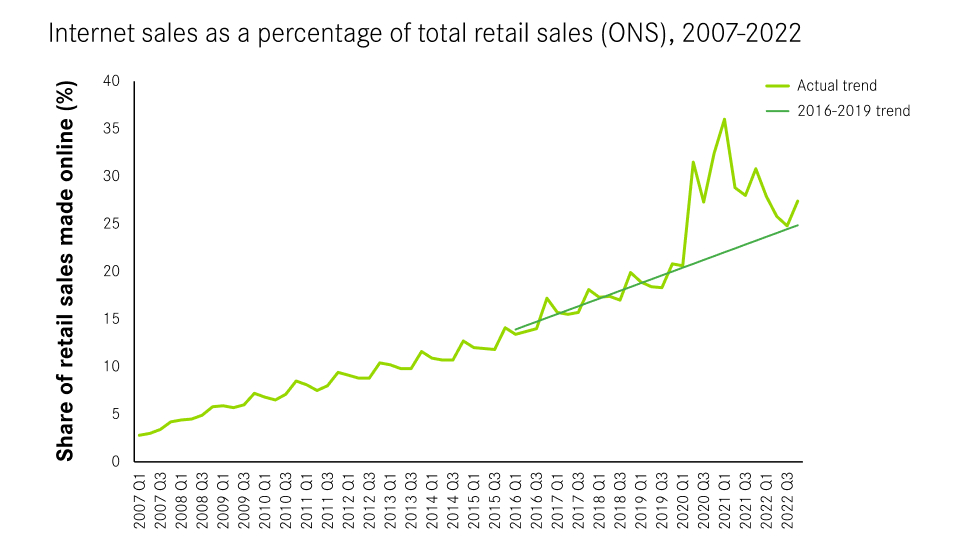March 11th – a date that marks five years since the World Health Organization (WHO) declared the COVID-19 a pandemic. A wave of chaos followed that turned the supply chain upside down, forcing it to adapt, transform, and learn at an accelerated pace.
As well as adapting to a global pandemic, the supply chain has faced a seemingly relentless barrage of ‘unprecedented times’: The Suez Canal blockage, devastating wildfires, the war in Ukraine, escalating Red Sea tensions, persistent chip shortages, crippling labor shortages, and the looming specter of new tariffs… The list goes on.
As we mark this somber anniversary, we look back on the three most significant, long-lasting impacts that have fundamentally reshaped supply chain operations, and, perhaps more surprisingly, the two areas that have returned to a semblance of normalcy.
3 long term changes to the supply chain
1. A rise in nearshoring and away from single-source dependency
The pandemic was a wake-up call that exposed the fragility of globally interconnected supply chains and the risks of over-reliance on distant suppliers and single-source strategies. Although globalized supply chains are efficient in stable times, they are highly vulnerable to sudden, widespread shocks – which was seen during the initial lockdowns and border closures.
The pandemic showed vulnerabilities in the supply chain, which were amplified by subsequent events—such as the Red Sea tensions, which caused cargo traffic to fall from around 5000 containers per day in November to 2000 in December 2023. Or the Panama Canal drought, which forced authorities to cancel ship crossings by 36%, costing between $500 million and $700 million.
The result was a shift and acceleration towards nearshoring, reshoring, and source diversification. Nearly 8 out of 10 companies (79%) are now diversifying their supplier base, with 71% actively investing in regionalization and localization to mitigate future disruptions.
McKinsey research shows that 73% of companies are now pursuing dual-sourcing, and 60% are regionalizing their supply chains. This shift reflects a direct response to the pandemic’s disruption, which exposed the dangers of relying on a single point of failure.
In addition, there is also a rise of “friend-shoring,” with 83% of organizations investing in it, which demonstrates a desire to build more stable and predictable supply networks. The pandemic highlighted the importance of geopolitical stability and trust, driving companies to prioritize partnerships with political and economic allies.
The pandemic acted as a powerful catalyst, accelerating the adoption of regionalization, diversification, and resilience-building strategies. It forced companies to re-evaluate their supply chain models, moving away from purely cost-driven approaches to embrace a more robust and adaptable framework.



